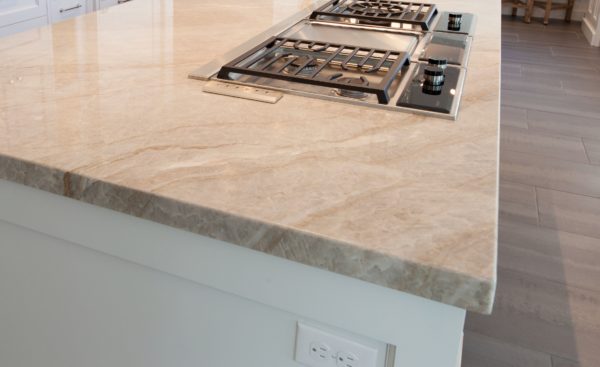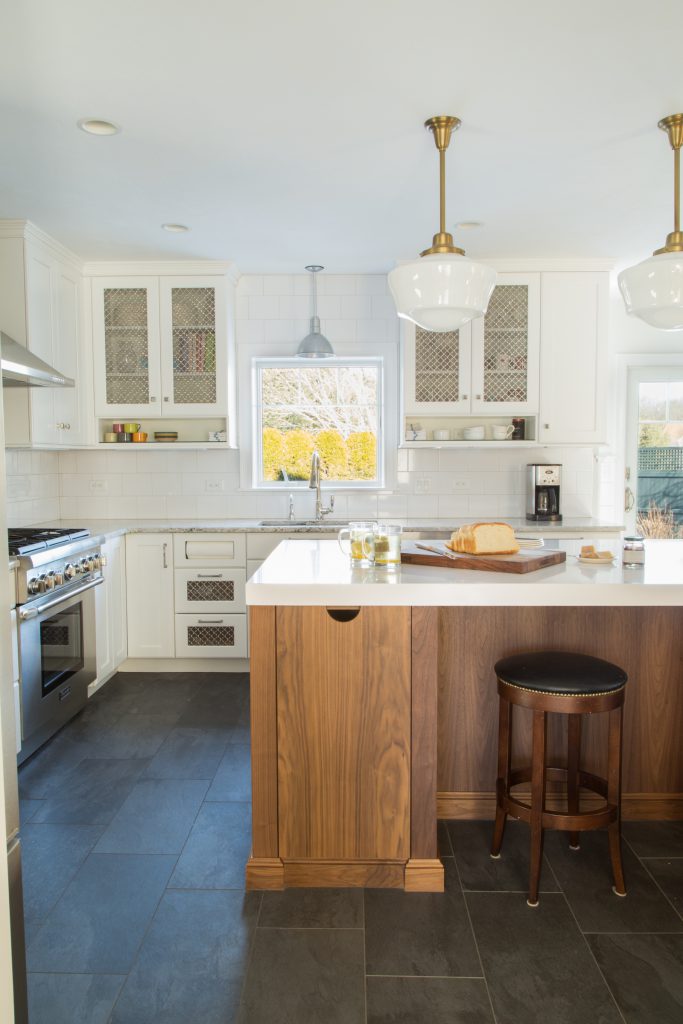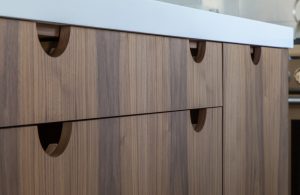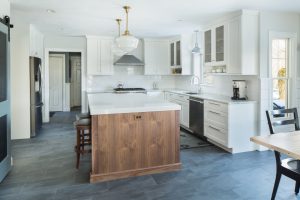One factor in home design that is here to stay is the concept of space and functionality. Floating shelving serves as a versatile way to add personal touches to your home all while keeping the ease of functionality a top priority.
Whether your functional needs stem from a well-organized pantry, convenient coffee bar, or a showcase of style - function is key.
Apart of creating a functional space that remains functional is following the mantra "Anything that takes up physical space takes up mental space". Meaning, it's important to identify the "must-haves" to create a purposeful space. Floating shelving allows for endless opportunities to change up design if desired - This is one factor that you are limited to with full cabinetry. Let's face it, seasons change and so does nature of design!
It's also perfect for those "Odd" spaces. Floating shelving is easily customizable and can be a great way to make that awkward space functionable and used.
Blue Harbor Kitchens + Baths General Manager, Jill Muldoon, touches upon how floating shelving can be a great contrast in any space.
“I love adding a pop of color that will serve as a contrast in an otherwise ‘all white’ kitchen. Floating shelves in a natural wood, such as Walnut are a great way to achieve a subtle contrast. They can create a sense of warmth, give the space some character, and provide an opportunity to add personal style.”
In many ways, floating shelves can uplift a home and create a statement that serves as a functional part of our everyday lives.
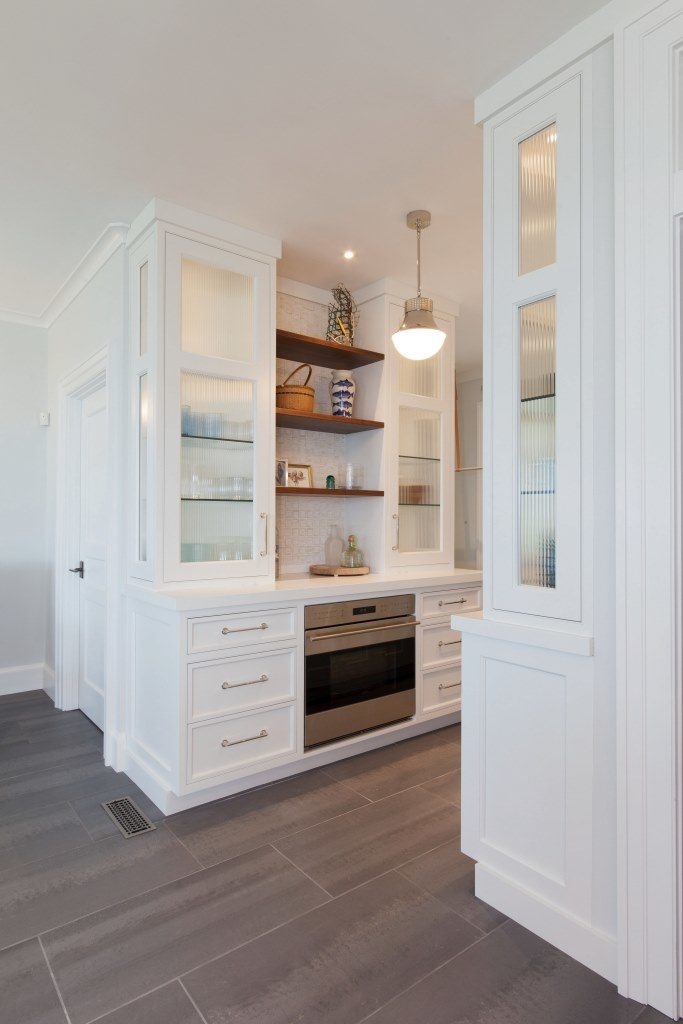
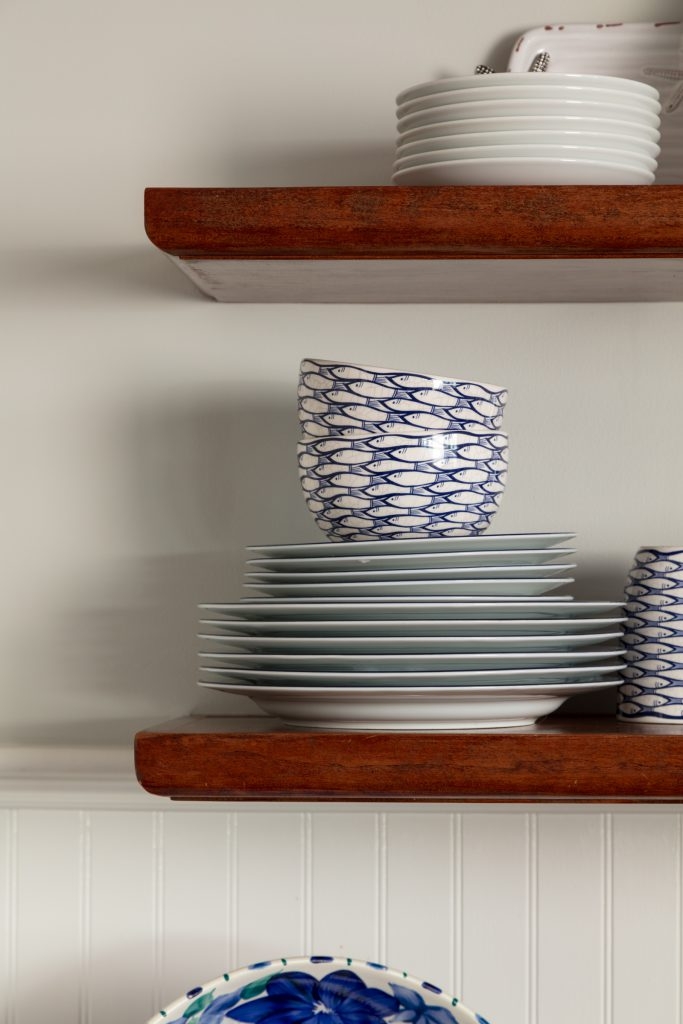


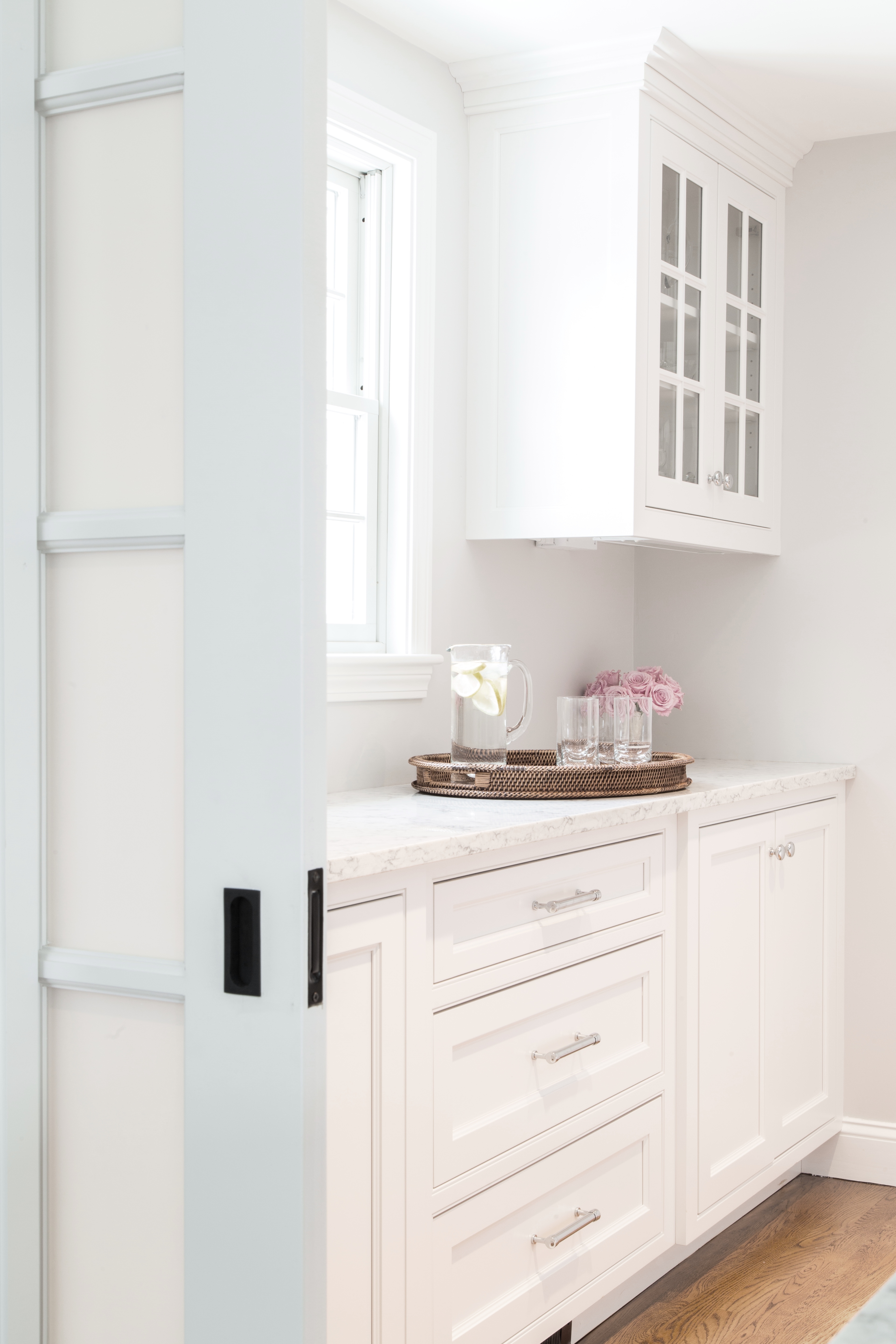
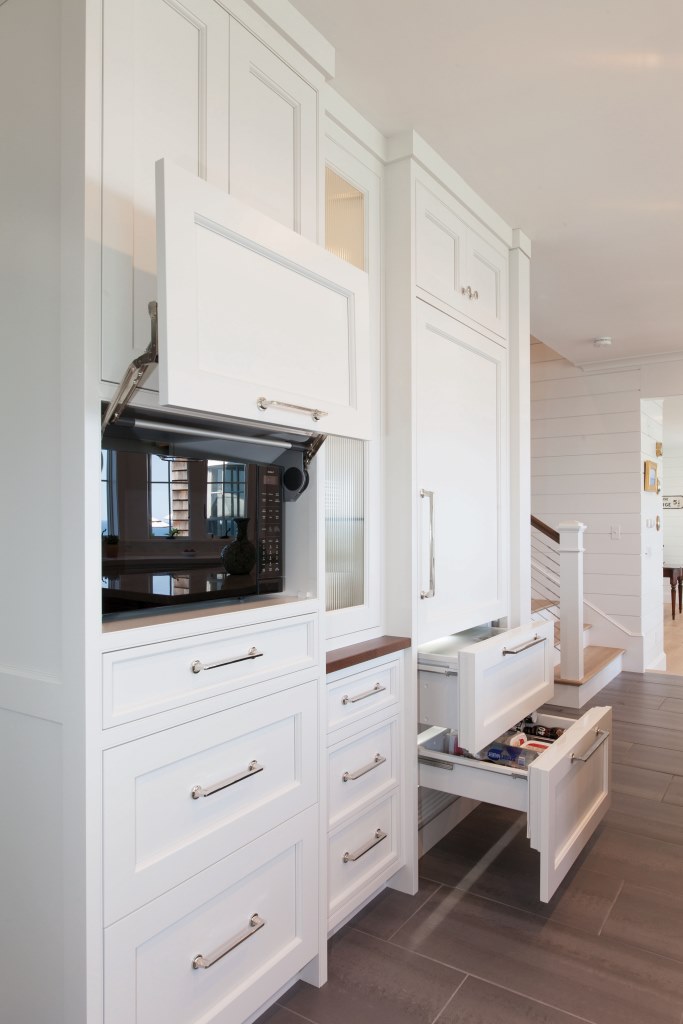

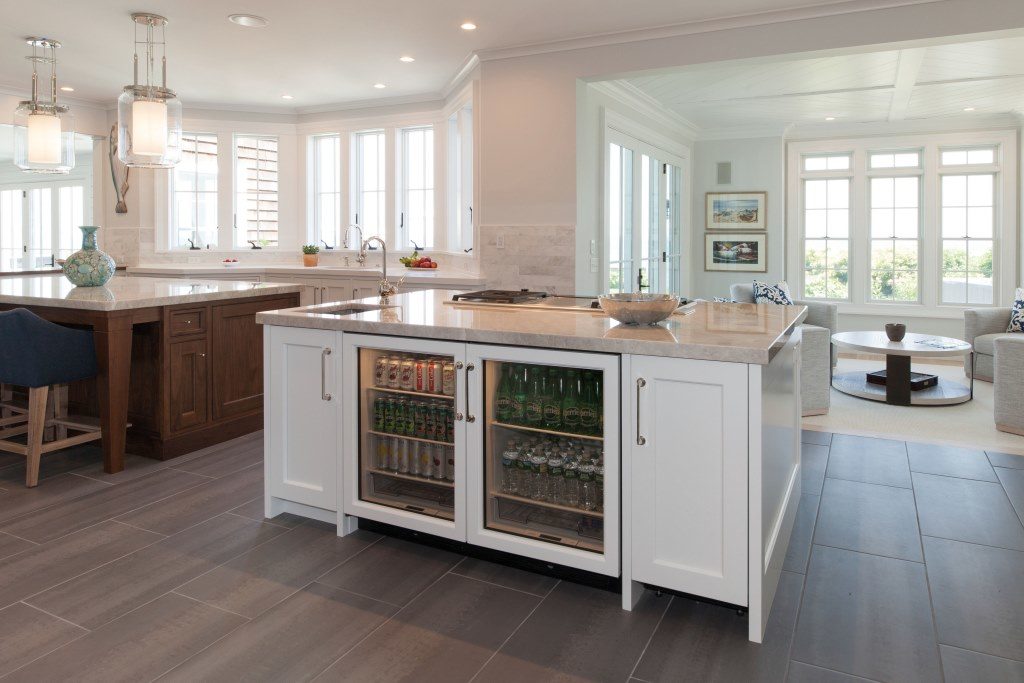
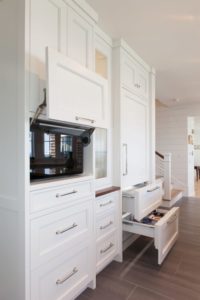
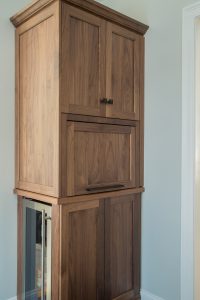
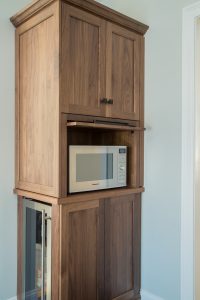
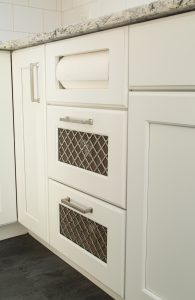
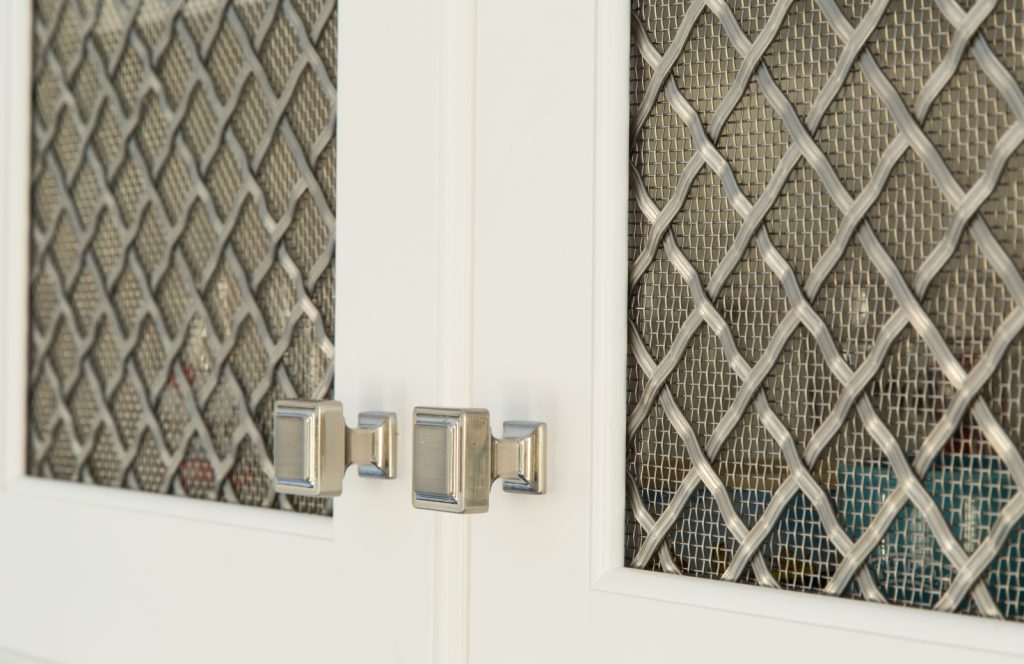


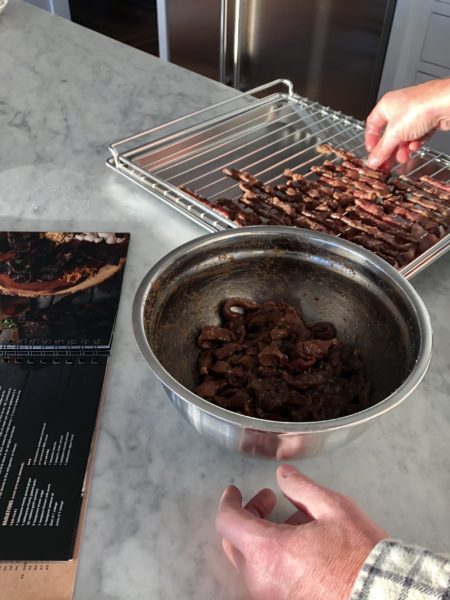 This tasty treat is one that was made by our very own Eric Thorson but comes courtesy of the Wolf’s
This tasty treat is one that was made by our very own Eric Thorson but comes courtesy of the Wolf’s 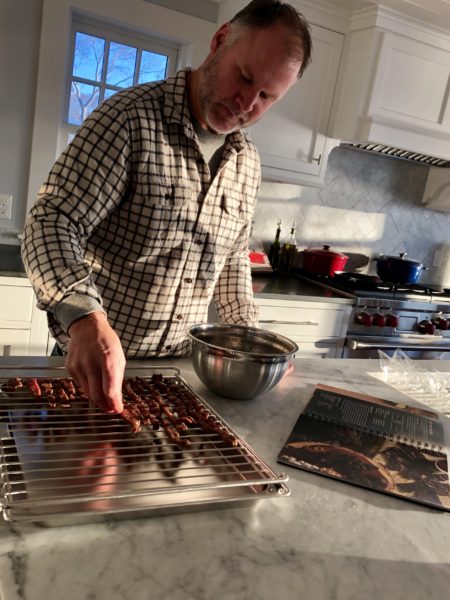
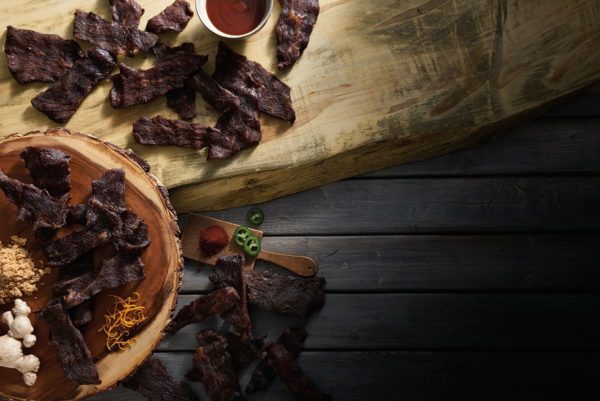
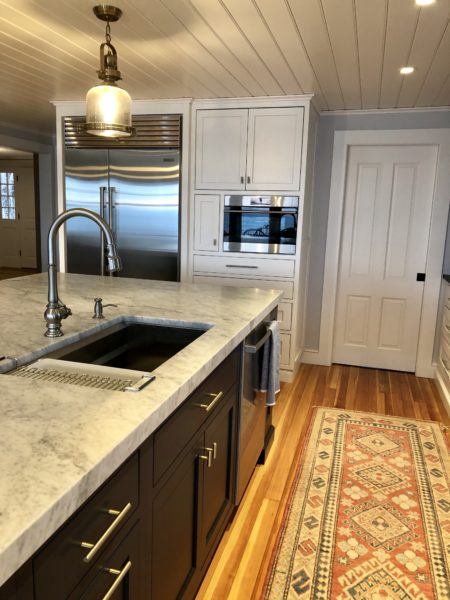
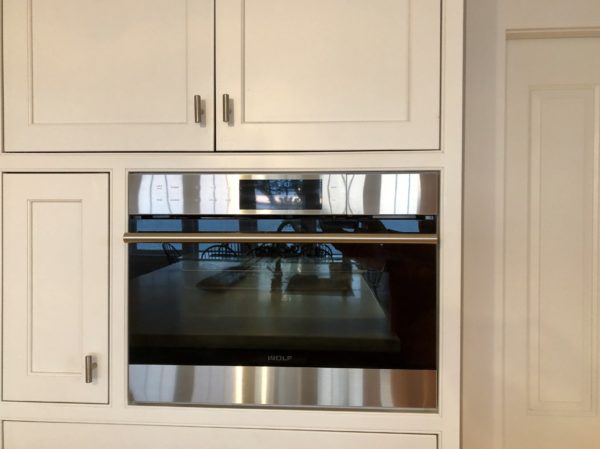
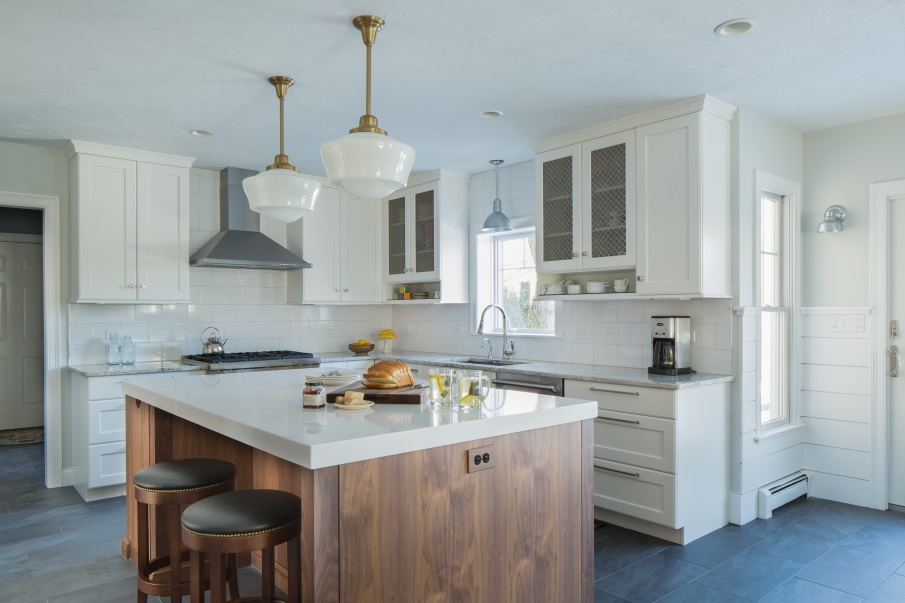
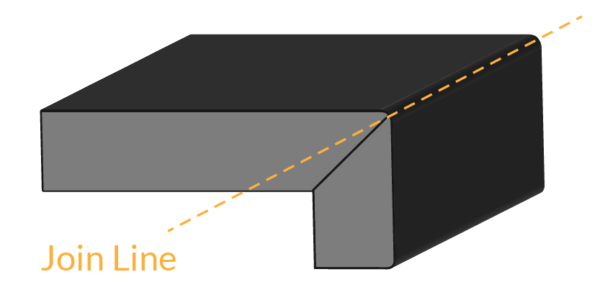 What most don’t know about these thicker counters is that they are actually a mitered edge. It is very uncommon (and costly) to have a stone slab cut at a thicker depth. It would make the stone almost unmanageable for installation and may even be too heavy for most cabinetry that would support it.
What most don’t know about these thicker counters is that they are actually a mitered edge. It is very uncommon (and costly) to have a stone slab cut at a thicker depth. It would make the stone almost unmanageable for installation and may even be too heavy for most cabinetry that would support it.